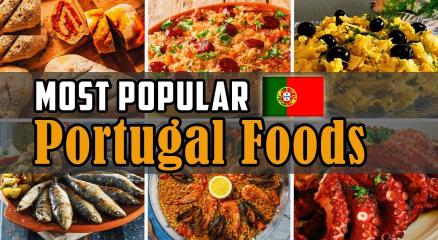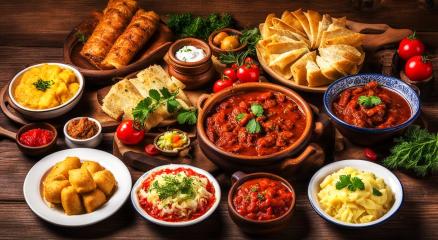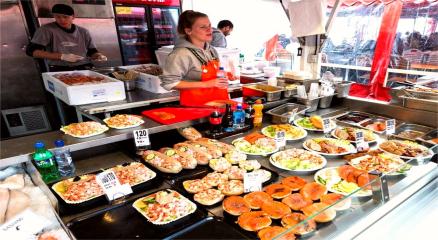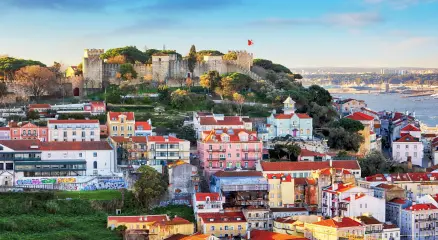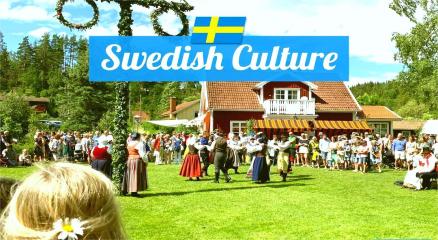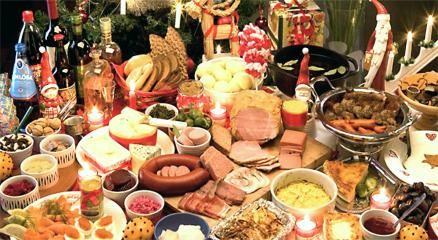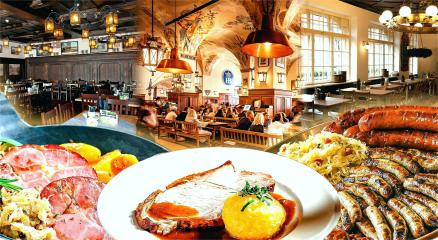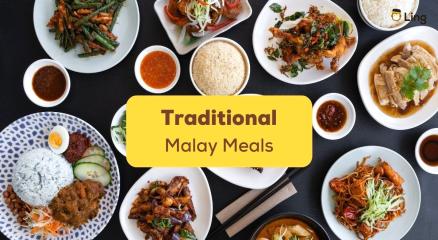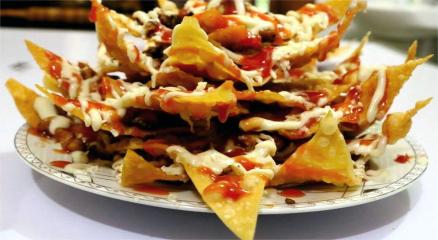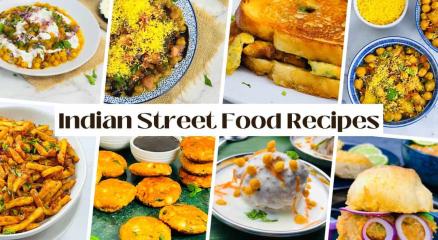Introduction
Portugal’s cuisine is a tapestry of land and sea, of regional traditions, of ingenuity born from scarcity, and of sweetness celebrating delight. More than food: it's culture, geography, history, creativity. In this article we delve into Portugal’s most beloved traditional and cultural foods—what they are, why they taste so good, and how their flavours reflect the people and places behind them.
The Heart & Soul of Portuguese Savoury Tradition
Bacalhau — Salted Cod, Portugal’s Flagship
If there is one ingredient that nearly everyone outside Portugal associates with Portuguese food, it's bacalhau—salted, dried cod. There are said to be over a thousand ways to prepare bacalhau in Portugal. Wikipedia+1
Some of the iconic preparations:
-
Bacalhau à Brás: shredded salted cod mixed with finely‑cut fried potatoes (matchstick style), onions, scrambled eggs, garnished with olives and parsley. The textures vary—with soft creaminess from the eggs, crisp potato edges, a hint of the sea from cod. Wikipedia+1
-
Bacalhau à Gomes de Sá: named for a restaurateur/regional name, this is a layered casserole with boiled potatoes, onions, black olives, egg wedges, all dressed with olive oil. It balances mild sweetness from onions, salt from cod, richness from olive oil. Gastro Portugal+1
-
Bacalhau com Natas: cod baked in cream sauce with potatoes and onions. This is comfort food—rich, creamy, decadent yet grounded in simple ingredients. delishglobe.com+1
-
Pastéis de Bacalhau (alternatively bolinhos de bacalhau): fritters made with shredded cod, potato, egg, parsley, fried until golden. Crispy outside, tender inside. Served as appetizers, snacks or with sides. Wikipedia+1
Why bacalhau tastes so good: salted preservation concentrates flavour; soaking and careful cooking rehydrate and mellow the strong saltiness; combining with potatoes, eggs, butter/oil, onions adds layers of texture and flavour; spices (garlic, parsley) and olives tie in the Mediterranean.
Hearty Mains & Regional Specialties
-
Arroz de Pato (“duck rice”) is another signature dish. Tender duck is cooked in a broth, shredded, then mixed with rice that absorbs all the flavour; chouriço (smoked sausage) often joins in, and the top may bake to a golden crust. Comforting, rich, satisfying. Food From Portugal+2lisbon.vip+2
-
Caldo Verde (“green broth”) is a soothing soup from northern Portugal. Simple ingredients—potatoes, collard greens (or a similar leafy green), garlic, onion, olive oil, often with slices of chouriço sausage—come together to make something warming, vegetal, rustic. Great when one wants something lighter, or in cooler weather. Wikipedia+1
-
Chanfana is a slower‑cooked dish—goat meat aged, marinated, cooked in red wine, often in clay pots in wood‑fired ovens. Rich, deeply flavoured, especially in inland or rural regions. Wikipedia
These dishes share common traits: reliance on local, simple ingredients; techniques like curing, slow cooking, baking; balancing richness with brightness (wine, herbs, olive oil); hearty portions made for sharing.
Sweet Portuguese Traditions: Desserts & Pastries
Portugal’s sweets offer a counterpoint to the salty, meaty mains. Light yet rich, delicate yet bold, they reflect monastic roots, colonial trade, and deep local customs.
-
Pastel de Nata (or Pastéis de Belém) is perhaps the most famous. Custard tarts with crisp, flaky pastry, a creamy egg‑yolk filling, lightly caramelized top, often dusted with cinnamon. Originating in the Jerónimos Monastery in Lisbon (Belém) in the 18th century, as convents and monasteries used leftover egg yolks (after using whites for starching clothes) to make sweets. Wikipedia+3Portugal.com+3The Independent+3
-
Malassada (in the Azores): a fried dough similar to doughnuts or fritters, coated with sugar/cinnamon, traditionally made during Carnaval. Soft, sweet, indulgent. Wikipedia
These sweets often accompany coffee, serve as small treats throughout the day, or are tied to festivals or special moments.
Why These Flavours Take You There
Texture, Contrast & Local Ingredients
What makes Portuguese traditional foods so memorable is the way textures and flavours contrast and complement. Crisp pastry vs soft custard; chewy cod vs creamy potatoes; smoky sausage vs bright herbs; acid from sauces or wine lifting the richness. Olive oil, garlic, onion, herbs like parsley, bay leaf are frequent supporting actors. Fresh fish and seafood — and preservation techniques (salt, drying) — reflect Portugal’s maritime history.
History, Preservation & Resourcefulness
Salted cod is not just taste—it’s history. Portugal did not have its own cod stocks in many parts, so cod became preserved and imported; salt curing allowed storage for months, influenced cooking styles. Similarly, sweets like the convent pastries came from monasteries, from creative reuse of leftover ingredients (egg yolks) under religious orders. Baking Heritage+2Estoril Portugal+2
Social & Festive Context
Many dishes are not just daily food, but part of celebrations, religious feasts, family lunches. For example, bacalhau com todos is served in Christmas Eve dinner ("Consoada"). Wikipedia+1 Arroz de pato often as gathering‑dish. Pastéis de nata shops are social hubs.
Taste Profiles You’ll Love
If you try these foods, here are what to expect in your mouth:
-
Salt umami from cod, balanced by creamy elements (eggs, potatoes, cream) and aromatic herbs in dishes like Bacalhau à Brás.
-
Smoky, earthy notes from cured sausages like chouriço, especially in arroz de pato or caldo verde.
-
Olive oil richness, garlic warmth, onions cooked until sweet.
-
Subtle tang or sharpness from sauces, wine vinegar, or citrus (in some side dishes).
-
Sweet spices (cinnamon) in desserts; richness from egg yolks and sugar; contrast of flaky pastry to smooth filling.
Examples & Where to Try Them
-
In Lisbon and Belem, try Pastéis de Belém—the original pastel de nata. Get them fresh, warm.
-
In Porto, sample Francesinha (though not cod, but another signature savoury) and local bacalhau variations.
-
Rural Alentejo or the interior: you might find chanfana, local goat stews, rustic breads.
-
Local markets and modest tascas (small taverns) often offer authentic versions of arroz de pato or caldo verde, often more honest than upscale restaurants.
Modern Twists & Broader Influence
Portuguese traditional foods increasingly inspire modern chefs who might reimagine classics. Lighter versions, ingredient‑swaps for dietary preferences, fusions (Portuguese sweets abroad), more upscale presentations. Yet many purists hold tightly to traditional techniques, recipes handed down, secret touches.
For instance, many pastelarias outside Portugal try pastel de nata, but often the texture or flavour alter depending on pastry skill or oven temperature. Similarly, bacalhau dishes vary greatly depending on how well the cod was dessalted, the quality of olive oil, freshness of supporting ingredients.
Conclusion
Portugal’s culinary tradition is one of depth, soul, flavour. Salted cod might seem simple, but in its many variants it tells a story of sea trade, preservation, communal tables. Desserts like pastel de nata are little pieces of history baked into flaky pastry and golden custard. These dishes aren’t just tasty—they carry memory, identity, conviviality. For anyone exploring Portuguese food, savour slowly: enjoy the textures, notice the contrasts, appreciate the simplicity married with richness. Whether you taste bacalhau at dusk by the sea, or bite into a warm pastel de nata with coffee in a quiet Lisbon café, you’re tasting more than food—you’re tasting Portugal.


